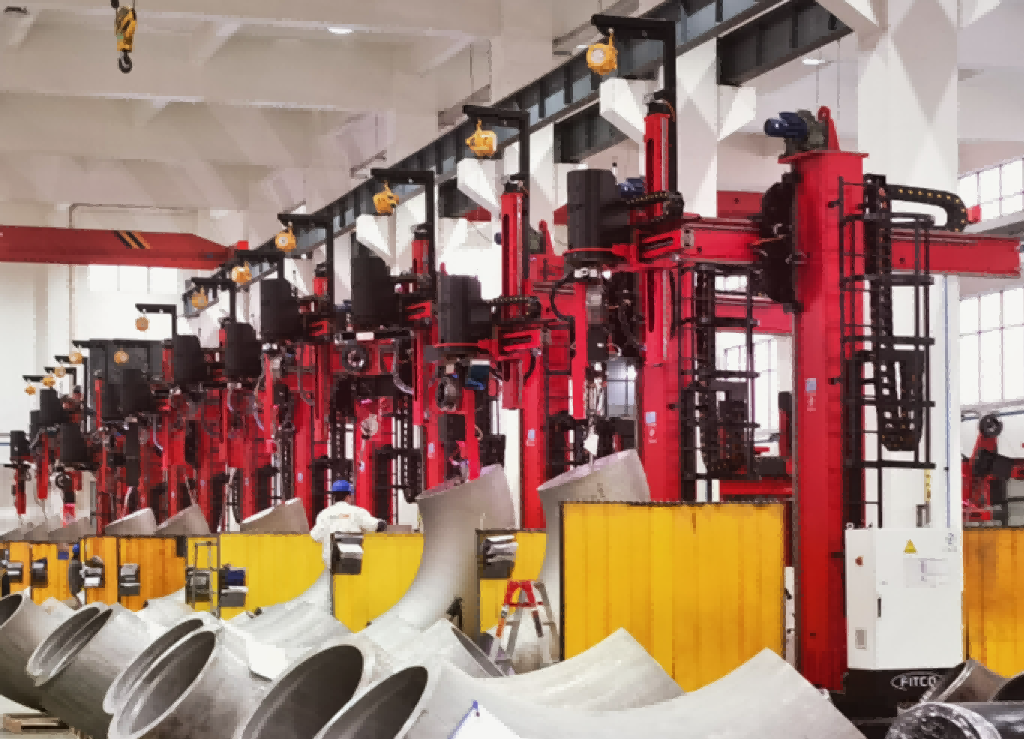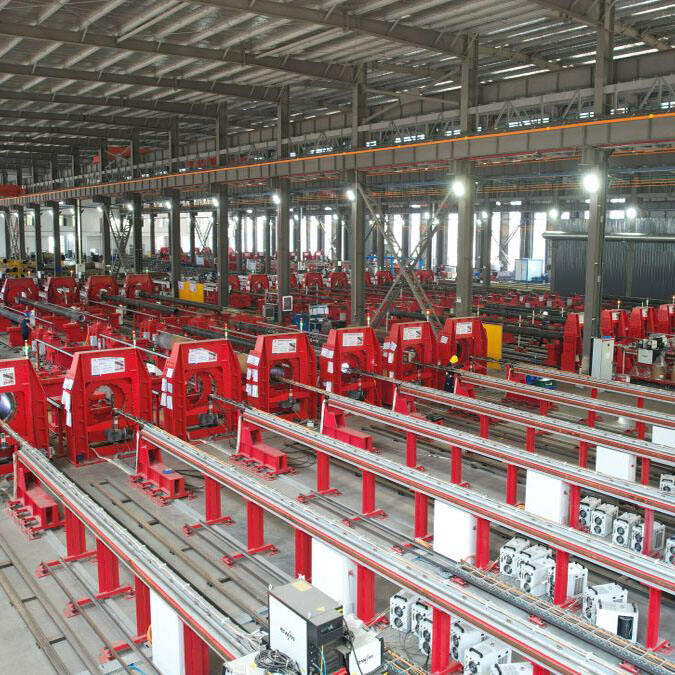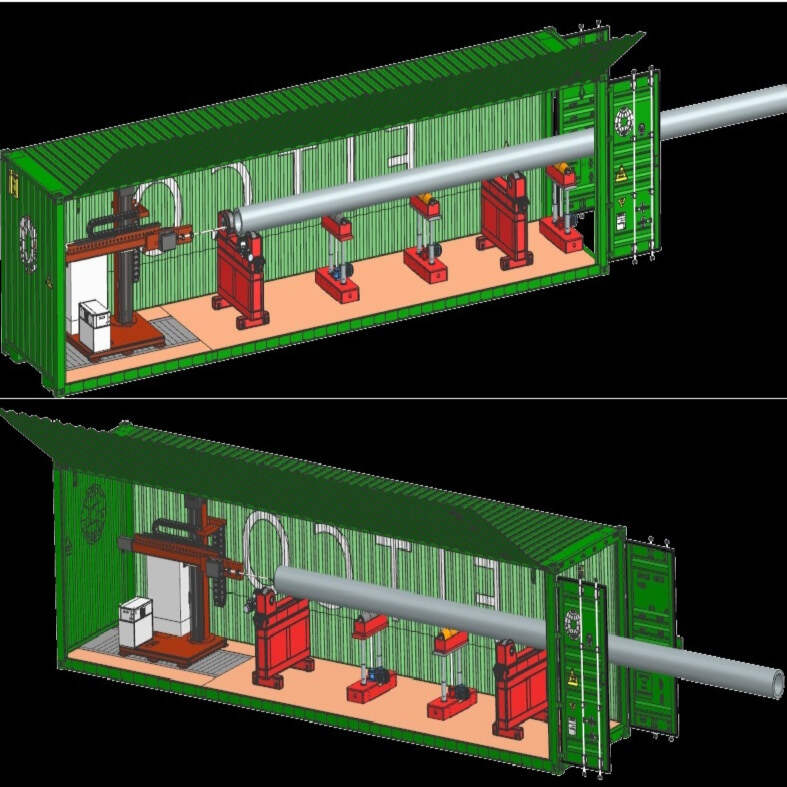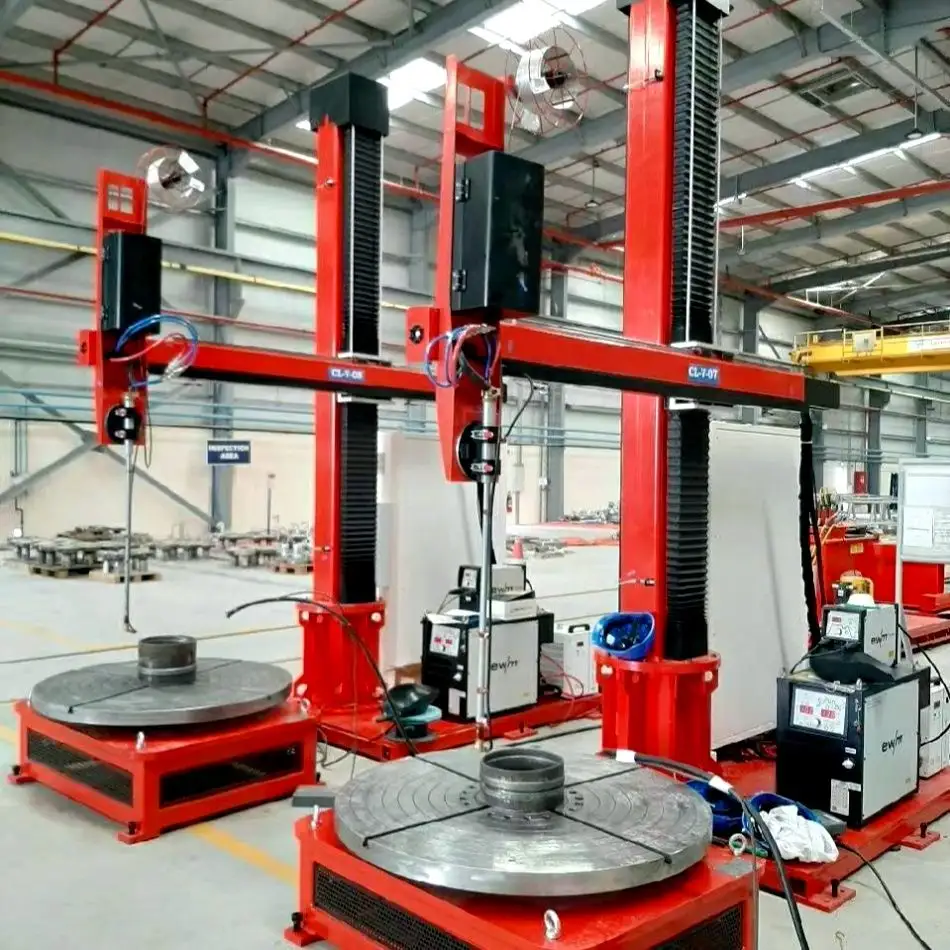tig welding rig
A TIG welding rig represents a sophisticated piece of welding equipment designed for precise, high-quality welds in various materials. This advanced system utilizes Tungsten Inert Gas (TIG) technology, which employs a non-consumable tungsten electrode to create the weld while protecting the weld pool with inert gas shielding. The rig consists of several key components, including a power source capable of delivering both AC and DC current, a TIG torch with various tungsten electrode options, a foot pedal for amperage control, and gas flow regulators. Modern TIG welding rigs often feature digital controls allowing for precise parameter adjustments, memory settings for frequently used configurations, and pulse welding capabilities. These units are particularly valued in industries requiring exceptional weld quality, such as aerospace, automotive manufacturing, and precision fabrication. The rig's versatility allows it to effectively weld materials ranging from thin-gauge stainless steel and aluminum to exotic metals like titanium and copper alloys. Advanced models incorporate water-cooling systems for the torch, enabling extended operation periods and enhanced performance in demanding applications. The technology also includes features for arc starting without contact, reducing the risk of tungsten contamination and ensuring cleaner welds.

 EN
EN
 AR
AR BG
BG HR
HR CS
CS DA
DA NL
NL FI
FI FR
FR DE
DE EL
EL HI
HI IT
IT JA
JA KO
KO NO
NO PL
PL PT
PT RO
RO RU
RU ES
ES SV
SV TL
TL IW
IW ID
ID LT
LT UK
UK SQ
SQ HU
HU TH
TH TR
TR FA
FA AF
AF CY
CY MK
MK LA
LA MN
MN KK
KK UZ
UZ KY
KY








